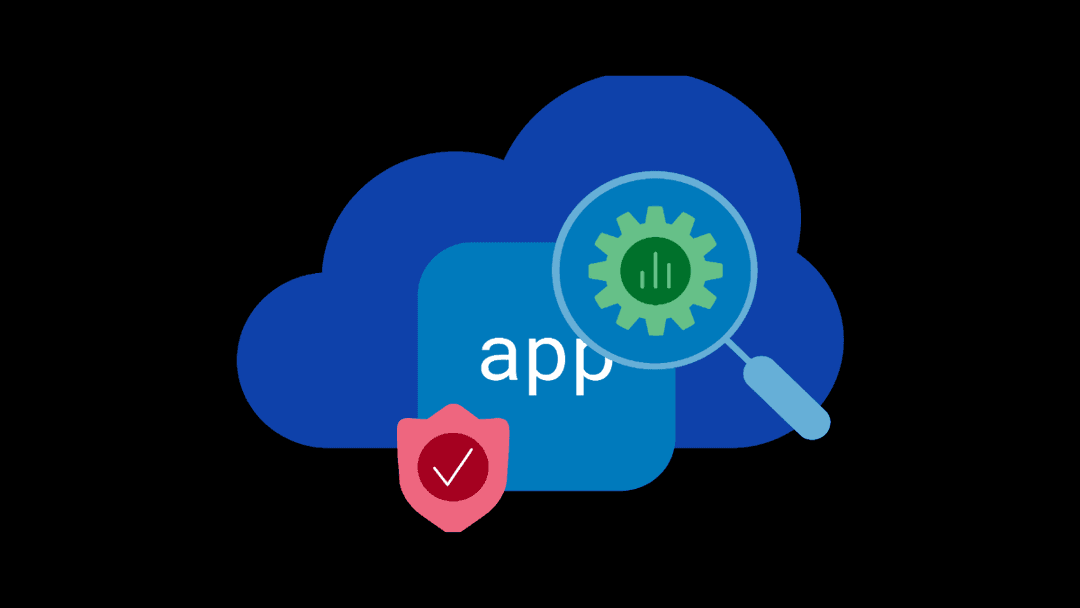Of all the shows I go to, re:Invent consistently delivers the most inspiration, excitement, and buzz to attendees. I think it’s a combination of the extraordinary levels of innovation, combined with the dopamine-flooding thrill of instant availability. It’s not uncommon to overhear someone enthusing at lunchtime over a new feature or service that was announced on stage that morning. This isn’t in the abstract; they’ll have deployed and tested whatever new service just a few hours after hearing about it. By the next day, some will have it in production. Even a crusty old misanthrope like me finds it hard not to walk away with a slightly more hopeful heart and a head full of possibilities.
At the end of the week, however, those of us unlucky enough not to win any jackpots have to return to our day jobs in the days that follow, and that’s where the real work starts. The work of building new applications, and even whole new businesses on AWS.
Sadly, the cold light of a December Monday morning can leave us with a bit of an enthusiasm hangover. While we’ve been in Las Vegas dreaming up new possibilities fueled by new learnings and innovations, the rest of our world has just been getting on with it. Old (but mission critical) apps, old ways of working, and the same old objections regarding cloud adoption haven’t miraculously disappeared just because we’ve been drinking (up knowledge) for a week.
But there are some things you can do while you’re there to make the most of the opportunity when you get back to work.
1. Seek out collaborative tech.
Look for technology that enables teams to work together – and I don’t mean the next Slack, or other ChatOps service (although these are really cool). You should evaluate solutions that deliver the service and functions you need, in a model that matches how you organize your teams. While the ‘full stack ownership’ model (i.e., one team owning the whole continuum of an app – from design to deployment) is admittedly attractive, the reality is that there are nearly always other teams that need to be involved. Often, the security and networking teams have a vital role to play.
Look for solutions that solve both technical problems and organizational ones. For example: most organizations should be using a Web Application Firewall (WAF) to protect their applications and data against compromise by application-layer attacks. The right WAF technology not only delivers sophisticated protection, but also allows the security team to play their role of designing policies and protection schemes, while not holding up the app dev or DevOps teams who are building and deploying the applications that are powering the digital transformation that so many businesses are engaged in.
2. Figure out how to secure every. single. thing.
While we’re using WAF services as an example, we should talk about how you can overcome the biggest cloud adoption concern: Security. Whether it’s the security around accessing your AWS Console, or the safety of your apps and data on AWS – robust security solutions are a must. The realities of cloud and the architectural and commercial models that underpin it mean you have to make some changes to the way you think about security. I’ll be honest, this isn’t my area of deep expertise, so the absolute best thing I can recommend is that you check out the talk that my esteemed colleague, Nathan McKay is giving: “Enhance Your Application Security Strategy” at 4:40 p.m. on Tuesday the 27th at the Kumo Theater in the expo hall.
3. Look for ways to tackle performance concerns.
Moving applications to AWS will bring concerns around performance – not necessarily valid concerns, but you are asking people to cede some ownership and control of part of the delivery stack, and this can make them uncomfortable.
The best antidote to this is to build great visibility and analytics into your stack – and make sure that you give the right information to the right people. Network teams might be interested in throughput, client-side latency and connection stats, app teams about server-side latency or application error codes. The security team will want to know the rate and type of threats being blocked, plus where they are originating.
Deploying technology that reports the right information to the right people can help both with troubleshooting real problems, but also just having it in place can help mitigate performance angst before it even starts.
4. Come meet me and the rest of the F5 team!
Finally, and most importantly, if you’ve read this far and you’re interested in keeping the re:Invent buzz going long after the show ends, it would be great to meet you at the F5 booth #1640 where we can show you how the solutions we offer give you the right approach for your apps, your AWS Cloud, and your teams.
There might even be an F5 squishy ball in it for you.

About the Author

Related Blog Posts

SaaS-first strategies reshape cloud-native application delivery
F5 NGINXaaS empowers cloud and platform architects to unify operations, reduce complexity, and deliver exceptional digital experiences at scale.

F5 ADSP Partner Program streamlines adoption of F5 platform
The new F5 ADSP Partner Program creates a dynamic ecosystem that drives growth and success for our partners and customers.

Accelerate Kubernetes and AI workloads with F5 BIG-IP and AWS EKS
The F5 BIG-IP Next for Kubernetes software will soon be available in AWS Marketplace to accelerate managed Kubernetes performance on AWS EKS.
F5 NGINX Gateway Fabric is a certified solution for Red Hat OpenShift
F5 collaborates with Red Hat to deliver a solution that combines the high-performance app delivery of F5 NGINX with Red Hat OpenShift’s enterprise Kubernetes capabilities.
F5 Silverline Mitigates Record-Breaking DDoS Attacks
Malicious attacks are increasing in scale and complexity, threatening to overwhelm and breach the internal resources of businesses globally. Often, these attacks combine high-volume traffic with stealthy, low-and-slow, application-targeted attack techniques, powered by either automated botnets or human-driven tools.
Phishing Attacks Soar 220% During COVID-19 Peak as Cybercriminal Opportunism Intensifies
David Warburton, author of the F5 Labs 2020 Phishing and Fraud Report, describes how fraudsters are adapting to the pandemic and maps out the trends ahead in this video, with summary comments.
